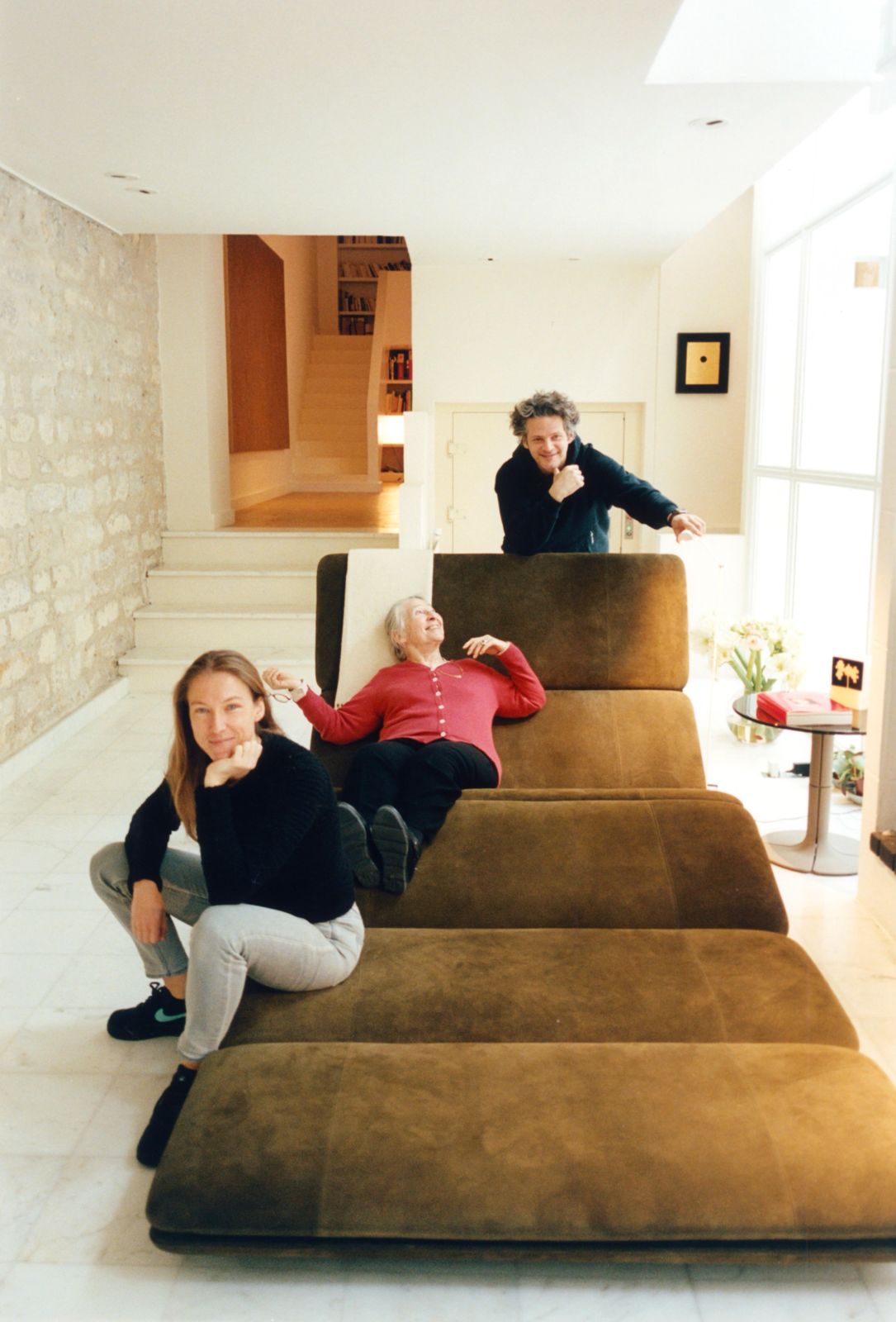
Paulin, Paulin, Paulin is an independent family project created to highlight the timeless dimension of Pierre Paulin's work.
This project was initiated by Maia Paulin, the designer’s wife and partner for nearly forty years, who worked tirelessly to promote his work internationally.
Alice and Benjamin Paulin now run the company, driven by the same passion and ambition to pass on this exceptional legacy to new generations.
Responding to Pierre Paulin’s wishes expressed in 2008 to see his most innovative creations finally come to life, Paulin, Paulin, Paulin now produces a rigorous selection of exceptional pieces.
All our models are made in France and produced exclusively to order.
Paulin, Paulin, Paulin supports the Pierre Paulin Fund through all its commercial activities and promotional projects.
Contact
sales contact
sales@paulinpaulinpaulin.com
press contact
press@paulinpaulinpaulin.com
Related projects
Le Fond Pierre Paulin
www.fondspierrepaulin.com
Sounds Like Paulin
www.soundslikepaulin.com